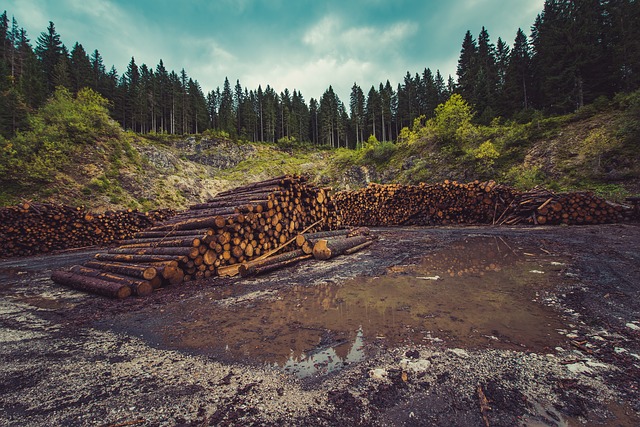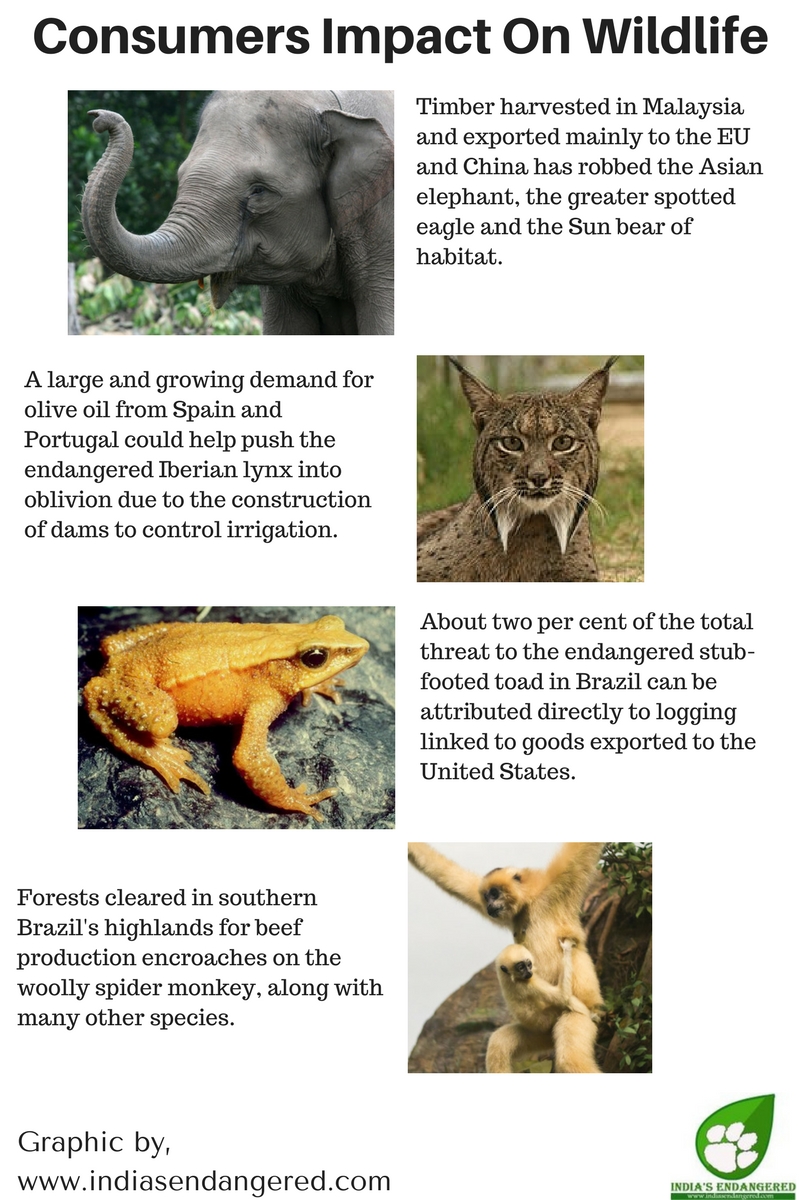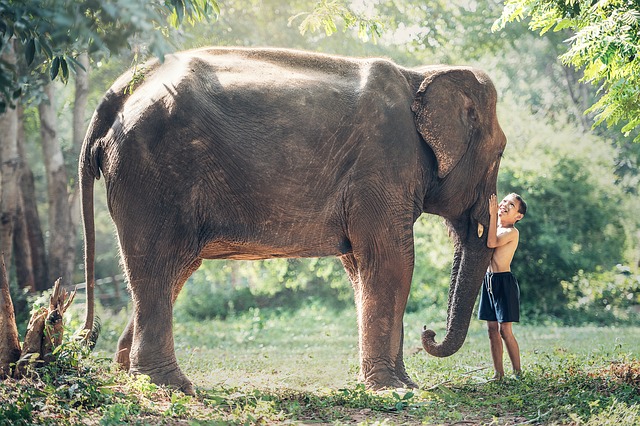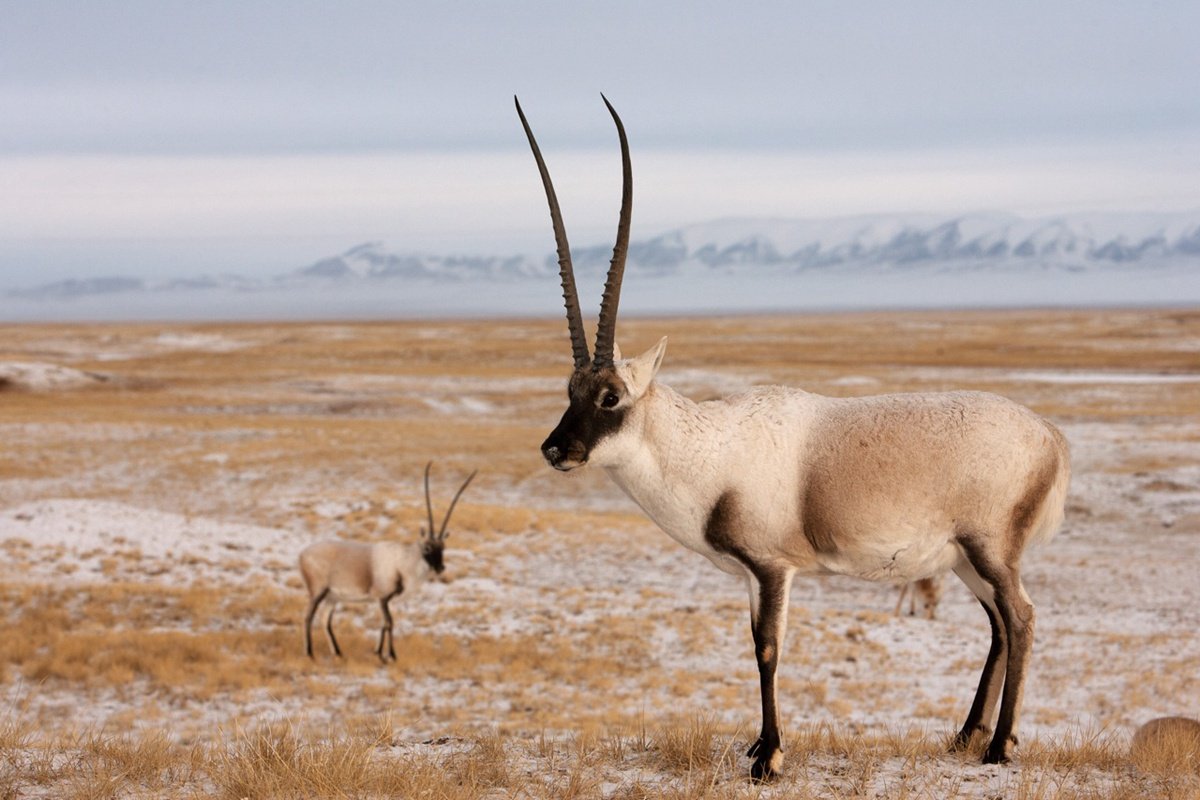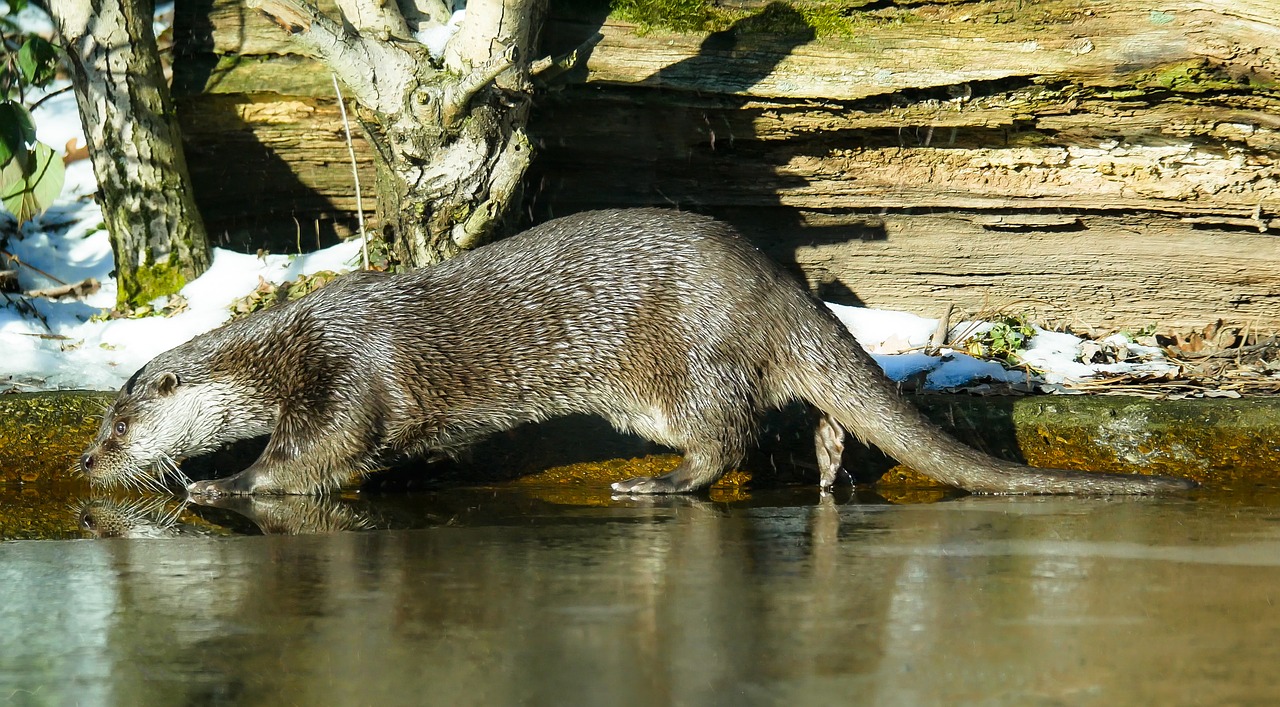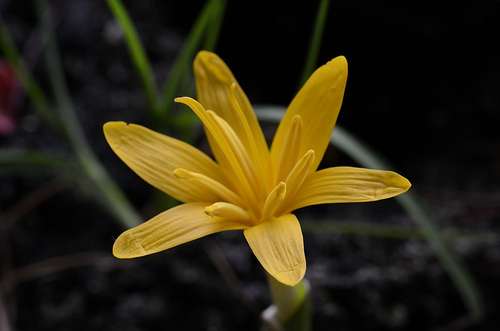Map reveals connection between consumers and which species and its home is impacted by the purchase.
You have just purchased a classy new 6 seater dining table for your home hand carved from the finest wood from Malaysia. You are happy and proudly enjoying the attention the new set is getting from friends and family without realising that the dining table actually comes from the wood of the same tree that was once home to an Orangutan family. What’s more, it is not just the dining table. The tee-shirt branded ‘Made in Indonesia’, the iPhone, the tv cabinet, the sofa, the espresso coffee or even the healthy tofu salad you are eating, if only you could trace back the origin of all these products, you would come to know that all of them are originating from places which are habitats of endangered species and directly putting much of these wildlife in danger. Even if you are not living in a country, what you buy might be reason the habitats or species of that country are threatened.
From Consumer to Wildlife – making the connection
Truth is, all of us are using products that are in some way harming the habitats or endangering wildlife, but even if we know this for a fact, it was hard to know up until now how our purchases are affecting a particular species.
Now, scientists Daniel Moran from the Norwegian University of Science and Technology and his colleague Keiichiro Kanemoto from Shinshu University in Japan have developed a technique that allows them to identify threats to wildlife caused by the global supply chains that fuel our consumption. They’ve used this technique to create a series of world maps that show the species threat hotspots across the globe for individual countries.
Read more: A Creative New Way To Save Endangered Species Caught In Wildlife Trade
The researchers calculated the percentage of threat to a species in one country due to consumption of goods in another, with a focus on 6,803 species of vulnerable, endangered, or critically endangered marine and terrestrial animals as defined by the International Union for Conservation of Nature (IUCN) and BirdLife International.
One way to see how the hotspot maps work is to look at the effects of US consumption across the globe as you can see below,
Darker areas indicate areas of threat hotspots driven by US consumption, based on the mix of threats exerted in each country and the mix of export goods sent to the United States for final consumption. Darker the purple shows greater Terrestrial species threats in that area and darker the blue shows greater marine species threat. Image via Nature
The India Connect
If you notice the shade of purple over India is mostly dark which indicates that much of the country’s biodiversity, habitats and species is getting negatively affected by the US consumer market. Again, the above map is only one example of one country’s consumers affecting the ecology of another country. Indian biodiversity could be under more threat from consumers of many other countries, including Indian consumer market too.
The scientists looked at 123 different threat causes that linked to consumption of products by all of us. Taking the example of US consumption and it’s affect on Indian biodiversity, take a look at these individual maps that indicate the level of threat in individual categories,
Image via Nature
This is the first time that you can actually see how what you are buying is affecting wildlife in a country that you might not be living in, but whose ecosystem you are responsible for destroying!
Read More: 4 Critically Endangered Mammals Of India
Connecting Economic Activity To Ecological Threat
The scientists believe that this new approach to looking at the end users role in threatening the wildlife of another nation can be a good way to encourage the consumer nation to ensure that what they buy doesn’t negatively impact the ecology of another country.
As the scientists write in the journal, one important challenge in conservation is that, in many hotspots, export industries continue to drive overexploitation. Conservation measures must consider not just the point of impact, but also the consumer demand that ultimately drives resource use.
Take a look at these examples,
“Once you connect the environmental impact to a supply chain, then many people along the supply chain, not only producers, can participate in cleaning up,” says study author Daniel Moran.
Spending Where It Matters
As per the research 90 percent of the more than $6 billion spent on conservation initiatives each year is spent within rich nations where money is raised. Yet, these countries are rarely the real threat hotspots as the maps reveal.
If countries, governments and companies study the map and know the role they are playing in the threat to a species because of the supply chain, they could plan ways to counter this affect and spend those conservation dollars in areas where they can actually make a difference.
Read More: From Vulnerable To Endangered, Whale Shark Closer To Extinction
It is simple to collate a number of reasons why a species like a tiger is endangered – deforestations, habitat fragmentation, habitat destruction etc. However, when you look at why the deforesation is occuring, you might see that your coffee, tea, furniture is one of the reasons why a tiger has lesser forest to call home and that’s the knowledge these maps can provide and help us act to stop the degradation.
– by Atula Gupta
Reference, Reference, Reference






